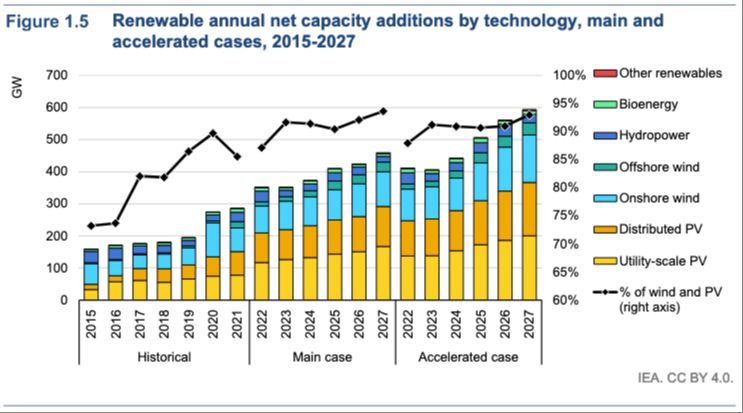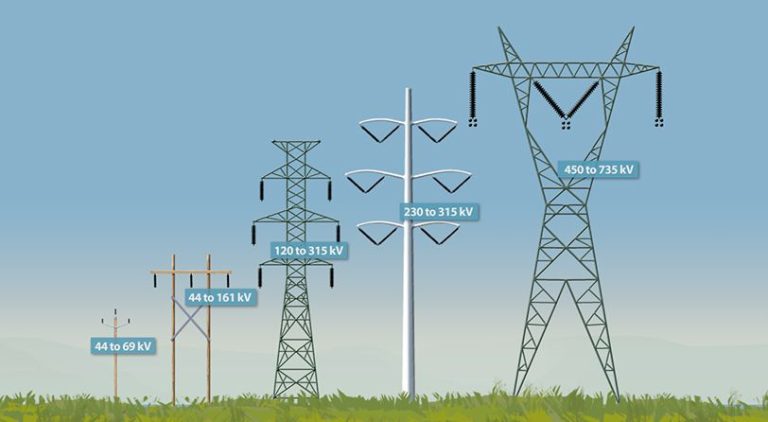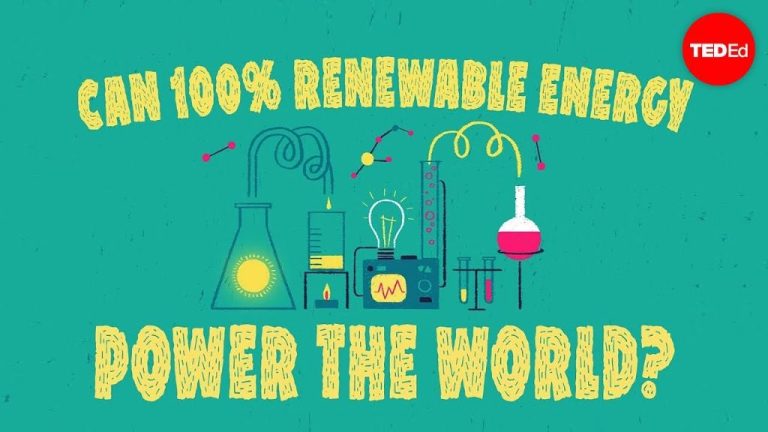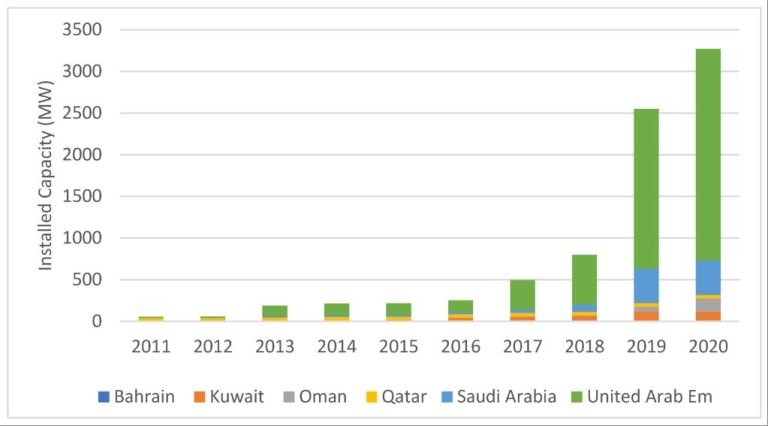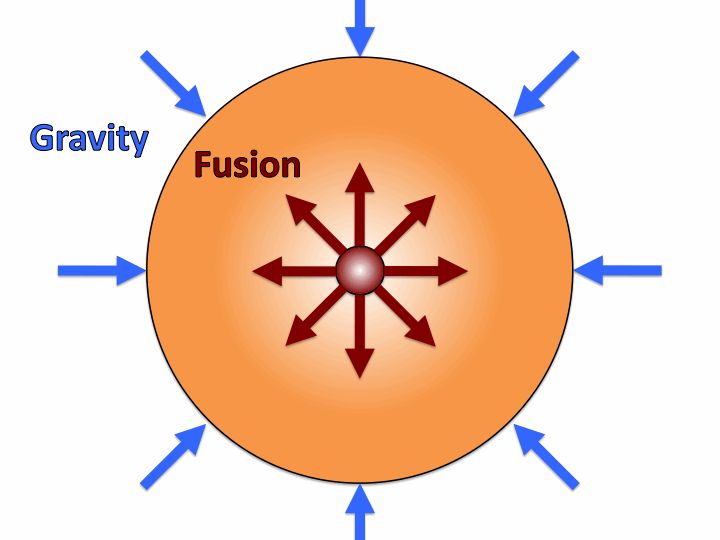What Are We Using Energy For?
Energy is used in every facet of modern society, powering everything from transportation to industry to our homes. Broadly speaking, energy consumption can be divided into several major sectors – transportation, industry, commercial buildings, residential buildings, agriculture, and public services. Transportation includes personal vehicles, freight and public transit. The industrial sector encompasses manufacturing, mining, forestry and construction. Commercial buildings include offices, hospitals, schools and retail establishments. Residential usage is comprised of energy consumed in homes. Agriculture covers energy used on farms and in food production. And public services includes government operations, street lighting and infrastructure. This overview examines how energy is utilized across these key sectors, providing insight into where and why we use energy.
Transportation
Transportation accounts for a large share of energy consumption worldwide. In the United States, transportation makes up 28% of total energy use, second only to the electric power sector. The transportation sector relies overwhelmingly on petroleum fuels, which include gasoline, diesel, and jet fuel.
Passenger cars and light trucks use about 60% of the energy consumed for transportation in the US. Air travel accounts for 9% of transportation energy use. Freight trucks use about 15% of transportation energy, while other modes like trains, ships, and pipelines account for the remainder.
Transportation energy use is driven by the number of vehicle miles traveled by cars, trucks, buses, and planes. Population growth, economic growth, urban sprawl, and low vehicle fuel efficiency have contributed to rising transportation energy use over time. However, improvements in fuel economy and shifts toward alternative modes like mass transit can help reduce energy use.
Industry
Industry accounts for a significant portion of energy consumption worldwide. This includes energy used for manufacturing, construction, mining, and other industrial activities. Some key points on industrial energy use include:
Manufacturing is one of the most energy-intensive sectors. Major manufacturing industries like chemicals, petroleum refining, iron and steel, cement, and pulp and paper use large amounts of energy for heat and power in their production processes. Energy is required to operate heavy machinery and equipment.
The construction industry uses energy directly on site for operating equipment and lighting, as well as indirectly through energy used to manufacture construction materials like steel, cement, and glass. Construction activities are estimated to account for 11% of global energy use.
Mining also requires large amounts of continuous energy input. Extracting and processing metals, minerals, and fuels is equipment and energy-intensive. Mining’s share of world energy use is around 7-8%. Key uses include powering drilling equipment and conveyors, as well as ore grinding and separation processes.
Improving energy efficiency has been a priority in industry. Using more efficient motors, boilers, HVAC, lighting, and utilizing waste heat recovery are some ways industrial energy use per unit of output has declined. However there are still opportunities to further reduce energy consumption through emerging technologies and transitioning to lower carbon fuels.
Commercial
Commercial usage accounts for a significant portion of energy consumption. This includes businesses, hospitals, schools and other non-residential facilities. Energy is a major operating cost for most commercial enterprises. According to the U.S. Energy Information Administration, commercial buildings account for nearly 20% of U.S. energy consumption and energy expenditures.
For businesses, energy is used for heating, cooling, lighting, operating equipment and appliances. Manufacturing facilities in particular require large amounts of energy to power industrial processes and machinery. Hospitals use energy for lighting, heating, cooling, medical equipment, food service and more. Schools need energy for heating, ventilation, air conditioning, lighting, kitchens, gyms, pools, auditoriums and so on.
Some of the major ways commercial buildings can improve their energy efficiency include upgrades to HVAC systems, improved insulation, switching to LED lighting, installing occupancy sensors, using ENERGY STAR certified appliances and equipment, and implementing energy management systems. Many businesses are adopting sustainability initiatives to reduce energy waste and costs. Energy efficiency provides environmental and economic benefits.
Residential
A significant amount of energy is used in homes for appliances, heating, cooling, and other residential needs. According to the U.S. Energy Information Administration, in 2021 residential energy consumption accounted for 21% of total U.S. energy usage.
Home appliances such as refrigerators, clothes washers and dryers, dishwashers, and cooking appliances use the most electricity in a typical home. Space heating, space cooling, and water heating are also major residential energy uses, with natural gas being the predominant energy source for these needs. The amount of energy used for heating and cooling varies considerably by climate region – homes in colder regions use much more energy for space heating in winter, while homes in warmer regions use more energy for air conditioning in summer.
Energy efficiency improvements can help reduce home energy usage. Replacing older appliances with ENERGY STAR models, upgrading to a programmable thermostat, adding insulation, and switching to energy efficient lighting like LEDs are some ways homeowners can save energy and money on utility bills.
Agriculture
Modern agricultural practices rely heavily on energy-intensive equipment and systems to produce crops and raise livestock. Some key ways that energy is used in agriculture include:
Crop production – Tractors, planters, sprayers, harvesters, dryers, and other mechanized equipment consume diesel, gasoline, natural gas, or electricity. Greenhouses for crops like tomatoes and peppers often use natural gas heating systems and electric lighting. Irrigation pumps also depend on electricity or diesel. Fertilizer production and pesticide manufacturing require natural gas and other fossil fuel inputs.

Livestock operations – Confined animal feeding operations use electricity for lighting, ventilation, feeding systems, and waste management. Diesel is used to transport feed and transport animals. Energy is also used to operate milking machines and equipment. Heating or air conditioning provide temperature control in barns.
Fishing – Large commercial fishing vessels use diesel fuel to power their engines and electricity-consuming equipment like lights, pulleys, and refrigeration. Smaller inshore boats also rely heavily on gasoline outboard motors.
Public Services
A significant amount of energy is used for public infrastructure and services in cities, towns, and rural areas. Street lighting is one of the major public energy expenditures, accounting for up to 40% of a municipality’s energy bill. keeping roads, sidewalks, parks, and public spaces illuminated at night promotes safety and allows for extended outdoor activity hours. Energy is also required to pump, treat, and distribute drinking water through vast pipeline systems reaching households and businesses. Wastewater treatment facilities are also major municipal energy users. They consume power running pumps, motors, aeration systems and processing equipment to collect and clean sewage water before discharging it back into the environment. Public transit systems including subways, buses and trains enable movement of large numbers of people and reduce traffic congestion, but require electricity and/or combustion fuels.
Trends
Energy consumption patterns are constantly evolving as populations grow, technologies advance, economies develop, and energy systems transform. Here are some notable trends in how energy is being used today compared to the past:
Global energy demand continues to increase, but the rate of growth is slowing as economies mature and efficiency improves. Total world energy consumption grew by 2.3% in 2018, down from an average of 2.9% per year from 2010 to 2018.
The share of fossil fuels in the global energy mix is declining as renewable energy sources like wind and solar gain share. Fossil fuels accounted for 80% of total energy use in 2018, down from 82% in 2010.
Energy demand in developed countries has mostly stabilized, while growth comes mainly from developing nations seeking to industrialize and improve living standards. For example, China and India accounted for most energy demand growth since 2000.
Transportation energy use is increasing globally, accounting for 28% of total final energy consumption in 2018. This reflects rising vehicle ownership in developing countries and more movement of freight.
Residential energy use has declined in many developed countries as appliances and lighting become more efficient. However, rising incomes in developing nations increase residential energy demand for appliances.
The share of electricity in final energy consumption is rising steadily around the world, reaching nearly 20% in 2018. This reflects the versatility of electricity and shift towards digital, knowledge economies.
Energy efficiency continues to improve globally, causing energy intensity (energy used per unit of GDP) to decline. This decoupling of energy use from economic growth will continue with further efficiency policies and gains.
Efficiency
With energy demand continuing to rise globally, using energy more efficiently is crucial for reducing costs and environmental impact. There are many ways we can increase efficiency across sectors:
Transportation
Transitioning to more fuel-efficient vehicles, including electric and hybrid options, promotes large efficiency gains in personal transportation. Carpooling, public transit, walking and biking also reduce per-capita energy use. Optimizing logistics and transportation routes for commercial transit maximizes efficiency.
Residential
Home energy audits help identify efficiency opportunities like air sealing, insulation and HVAC upgrades. Smart thermostats, ENERGY STAR appliances and LED lighting also curb home energy use. Solar panels and geothermal heat pumps are clean on-site generation options.
Industry
Process optimization, cogeneration, waste heat recovery, and technology upgrades like variable speed drives reduce industrial energy demand. Monitoring energy performance helps target the biggest efficiency opportunities.
Agriculture
Precision agriculture applies technology to optimize energy inputs. Upgrading equipment, lighting and processes improves efficiency. Capturing and reusing waste heat is also key.
Efficiency gains across sectors compound to achieve significant energy savings while maintaining output and quality of life. Continued innovation and investment in emerging technologies provide ongoing opportunities for greater efficiency.
Conclusion
As we have seen, energy is used in nearly every aspect of our lives. From powering our homes and businesses to fueling transportation and industry, energy enables modern society to function. While many developed nations rely heavily on fossil fuels like oil, coal and natural gas, renewables like solar, wind and hydro are playing an increasing role in energy supply. Looking to the future, improving energy efficiency and developing renewable sources will be crucial to provide clean, affordable energy for all without degrading the environment. Though our energy use has brought immense benefits, we must be conscious of our consumption and seek sustainable solutions. With innovation and wise policies, we can meet our energy needs while protecting the planet for future generations.

